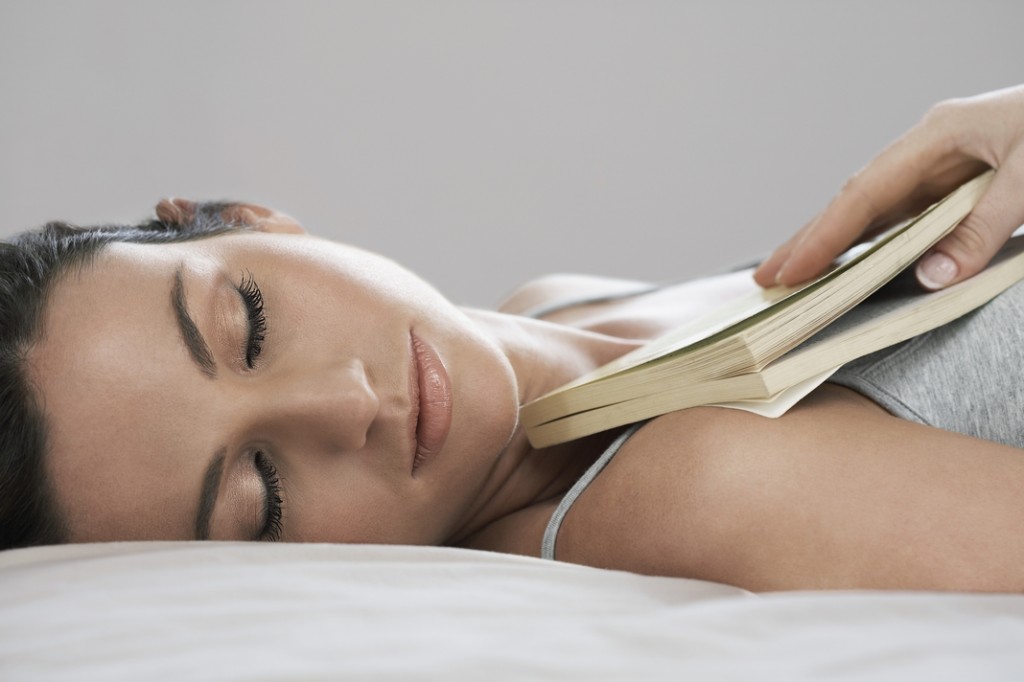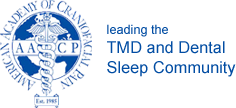The Best Sleeping Position for TMJ Patients
/ A good night’s sleep helps our bodies re-energize and repair itself so it can keep going strong the next day. For TMJ patients sleep is crucial but can be difficult to achieve.
A good night’s sleep helps our bodies re-energize and repair itself so it can keep going strong the next day. For TMJ patients sleep is crucial but can be difficult to achieve.
Why Your Sleeping Position Matters
Any strain on the face, head, jaw, neck or shoulders can cause TMJ-related conditions and orofacial pain to worsen. Some of the worst straining can actually happen when you’re sleeping and unable to control things like teeth clenching or grinding. However, one thing you can do to ease the problem is sleep in the best position possible.
Your sleeping position has an influence on a number of things. These include:
- How the muscles in the head, neck and shoulders are stretched and strained
- How the head and neck are supported
- The forces that are put on your head, jaw and neck regions
- Your likelihood of clenching or grinding your teeth
If you wake up with pain or a headache chances are your sleeping position is contributing to the problem. So which position has the most positive affect on TMJ?
The Best Sleeping Position for TMJ Patients
Sleeping on your back is going to be the best position if you suffer from TMJ, another TMD or orofacial pain. Lying on your back has a number of benefits:
- It won’t put pressure on the jaw.
- It will offer proper support to the head, neck and shoulders.
- It provides the best alignment of the body keeping the spine, neck and head in a neutral position.
- You will be less likely to clench your jaw or grind your teeth.
Lying on your stomach is typically the worst position for sleeping, followed closely by sleeping on one side with an arm under your head. In these positions your posture is all out of alignment, which worsens TMJ.
Getting in the Habit of Sleeping on Your Back
For many people, sleeping on their back just doesn’t seem as comfortable. If you aren’t a natural back sleeper (only 14% of people are) or you have gotten used to sleeping on your stomach or side it can take time to get used to falling asleep on your back. The tips below will help you get into the habit of sleeping on your back so you can be better rested and pain-free when you wake up in the morning.
Get the Right Kind of Pillow – A small pillow placed under the arch of the spine can make back sleeping more comfortable and therefore easier to get in the habit of doing nightly. You’ll also want to make sure you have a supportive pillow for your head.
Get the Right Kind of Mattress – A mattress that is adjustable so that the middle has more give will make it more difficult to sleep on your side or stomach. A mattress that conforms with the body can also make it more comfortable to sleep on your back.
Adjust your arms – Just because you are on your back doesn’t mean there aren’t numerous positions your can lie in. Your arms in particular can be moved around until you find the most comfortable position. Keep in mind that lying with your arms at your side is best for your neck while having your arms up by your head can cause shoulder strain.
Sleeping is just one factor in managing and improving TMJ. If you are located in the Washington, DC area please call and schedule your appointment at 301-839-0055 or 301-652-3444 for a complete diagnosis and start treating the source of your problem today!



